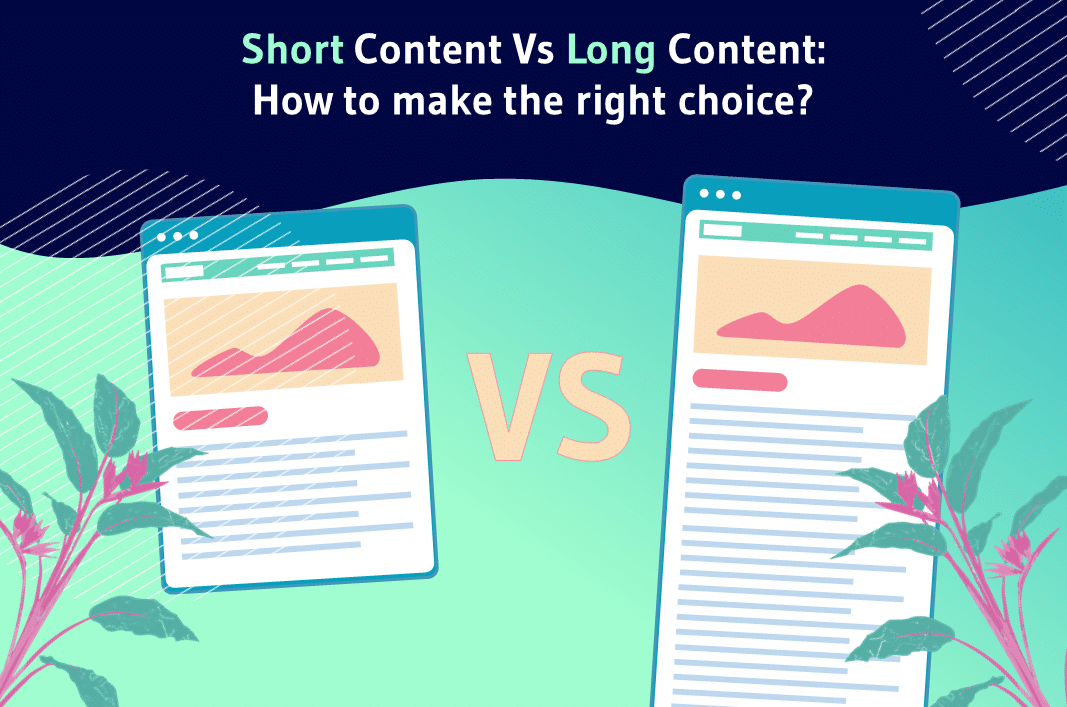As a blogger, you are probably wondering about the ideal length of your blog posts.
Short blog content has its own charm, but long blog content can also be very beneficial.
So, what would be the suitable choice for you?
In this article, we will look at 10 criteria to help you decide between short blog content and long blog content.
Let’s go !
What is short blog content?
Short blog content is a blog post that is short in length, often under 500 words. This form of content is typically used to quickly convey a piece of information or idea to a target audience.
Benefits include:
- Ease of reading: people often prefer short, concise articles that are easy to understand and quickly skim ;
- Easy to share: Short articles are easier to share on online social platforms;
- Focus on the essentials: short articles focus on the essentials, which can help keep readers’ attention and encourage them to read on.
Disadvantages include:
- Less depth: short articles often have less depth than longer articles, which can limit the amount of information conveyed ;
- Not enough detail: Short articles cannot always include all the important details about a topic, which can limit their usefulness to readers;
- Little room for research : short articles don’t have enough room to include additional data or sources to support arguments.
In a nutshell, short blog content can be a useful form of content for bloggers and businesses, but it’s important to understand the pros and cons to determine if it’s right for their communication goals.
What is long-form blog content?
Long-form blog content is a blog post that is a significant length, usually over 1,000 words.
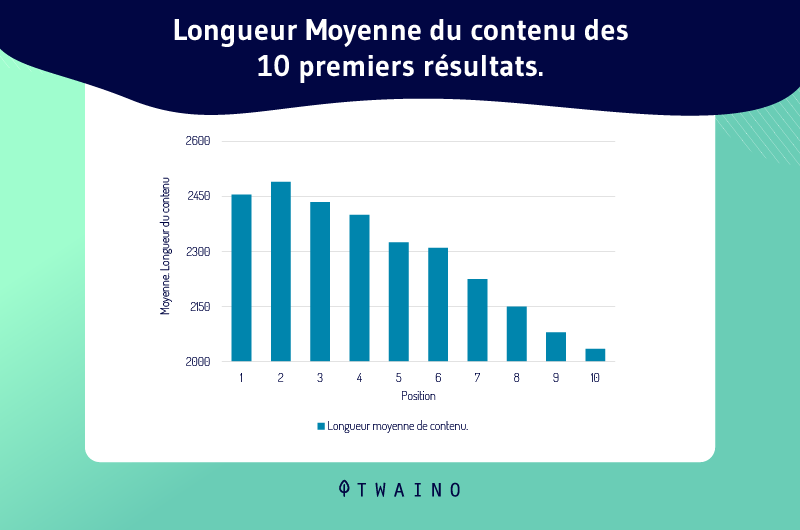
It is designed to provide comprehensive and detailed information on a particular topic. Long-form blog posts are often used for complex topics or to provide an in-depth analysis of a given topic.
Benefits:
- Better reference on SERPs: Long blog posts tend to rank well on SERPs;
- Better understanding of the topic: Long blog posts provide in-depth coverage of a topic, which helps readers better understand the topic;
- Ability to cover multiple angles: Long blog posts can cover multiple angles of a topic, which can help provide a more complete picture.
Disadvantages:
- Longer reading time: Longer blog posts can take longer to read, which may discourage some readers ;
- Can be more difficult to produce: Writing a long blog post can be more difficult and time-consuming than writing a shorter one;
- May be harder to maintain attention: Long blog posts may be harder to maintain readers’ attention, which may result in a higher bounce rate.
How long should a blog post be read?
The ideal word count for blog content varies among experts, but generally speaking, a blog post should be between 300 and 1,500 words.
Longer articles are considered more comprehensive and can help improve search rankings.
However, it’s important to keep the reader’s attention by using subheadings, images and anecdotes to break up the monotony.
Shorter blog posts, 300-700 words, are generally best for simpler topics that can be explained quickly and easily.
Ultimately, the ideal length is determined based on the topic you’re writing about and the extent to which you want to present your information. It is important to provide enough information to help the reader understand the topic, while maintaining a high level of quality to hold the reader’s attention.
How to choose the size of your blog text?
Here are some criteria for choosing the size of your blog post:
First criterion: Objectives
The purpose of your blog content is the key factor that will determine the ideal size for your post.

If you want to quickly announce an update or special offer, short content will suffice. Short, concise announcements can be more effective at holding readers’ attention and prompting them to act quickly.
However, if your goal is to provide detailed information on a complex topic, longer content will be necessary. Readers will be able to fully understand the important details and gain a better understanding of the topic.
You should also understand that the quality of your text takes precedence over its length.
Short content can still be informative and engaging, while long content can lack interest if the writing is boring.
Be sure to use an appropriate tone, relevant examples, and eye-catching images to keep readers interested, no matter how long your content is.
Finally, it’s important to consider your target audience when choosing the size of your content. Busy people may prefer brief, concise information, while people looking for in-depth information may prefer longer, more detailed articles.
Evaluate your performance based on your audience’s purpose and behavior to determine the ideal length of your content.
Criteria Two: Reading Time
The importance of reading time cannot be underestimated when selecting the length of a blog post.
Short articles are the ideal solution for people who do not have long periods of time to spend on the net. They are easily accessible and allow for effective delivery of a clear and precise message.
On the other hand, long-form content is more appropriate for people who want to read in depth on a given topic. They offer a detailed amount of information and allow for a complete understanding of the topic. Long-form content is also useful for complex topics that require a detailed explanation.
When choosing the length of your content, it’s important to consider your target audience and how much time they are willing to spend reading.
If you are targeting a busy audience, you should opt for short content that is easy to read and understand quickly.
On the other hand, if you are targeting an audience that is looking for in-depth information, longer content would be more appropriate to offer them a complete understanding.
In the end, determining the length of your content is crucial to achieving your goals and reaching your target audience. It is crucial to select a length that will effectively convey your message while ensuring a quality experience for your audience.
Third criterion: The topic
The length of a blog’s content depends largely on the subject matter.
For complex topics, it is often necessary to use long-form content to explain details and ideas clearly and completely.
This type of content covers all the important aspects of the topic and provides enough information to help readers fully understand the topic.
Long-form content can include subheadings, images, graphics, and illustrations to help present the information in a clear and concise manner.

It can also often contain concrete examples to help readers absorb the message.
Longer content can also dig deeper into the topic and provide in-depth, detailed analysis. This can be particularly useful for technical, scientific or financial topics, which require a detailed understanding to be fully grasped.
For complex topics, long-form content is often the best option for clearly explaining details and ideas. This covers all important aspects of the topic, provides enough information to help readers fully understand the topic, and provides in-depth, detailed analysis.
Fourth criterion: The target audience
Before producing text for your blog, you should focus on examining your target audience to determine the appropriate length of your content.
If your audience is made up of busy, hurried people, short content may be the best option. This type of content is quick and easy to read, allowing readers to pick up the information quickly.
However, for readers who are looking for more in-depth and detailed information on a topic, long-form content may be more appropriate.
This type of content allows readers to explore a topic in depth, offering a more complete and thorough understanding.
When targeting a busy audience, it’s important to be concise in your writing.
Catchy headlines and clear subheadings can help direct readers to the most relevant information.
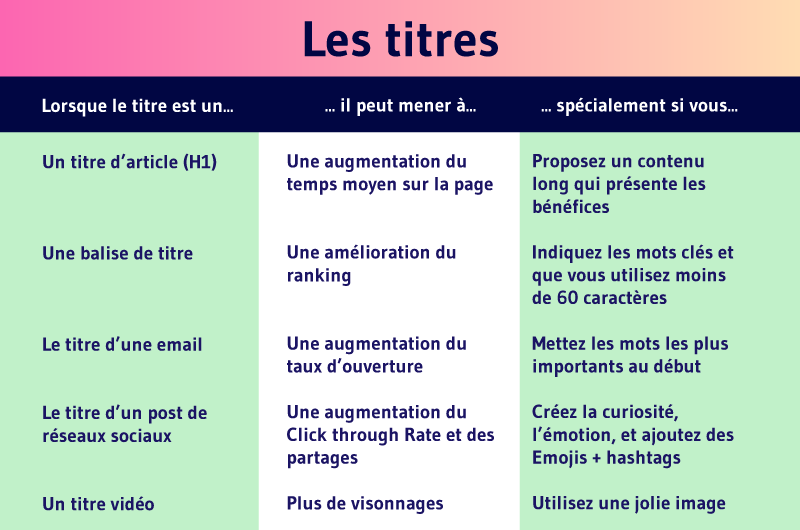
Images and graphics can also help present information in a visually appealing way, while making it more digestible.
For those seeking in-depth information, longer content may be needed to address all aspects of a topic in a comprehensive manner.
This type of content can include case studies, data, and statistics to support the arguments and viewpoints presented. It can also include quotes from expert sources to add credibility to the content.
Fifth criterion: SEO
Search engine optimization (SEO) is an important factor to consider when determining the size of your blog content.
Search engines like Google generally prefer longer content, as it provides more information and details about the topic.
The longer your text, the more opportunity you have to cover all relevant aspects of a topic.
Additionally, longer content gives more room to include relevant key search terms, which can help your pages rank on SERPs.

However, it’s important not to sacrifice quality for quantity.
Search bots look at the quality of content best and reward pages that offer accurate and relevant information to readers.
Additionally, search engines like to see content that is updated regularly and offers current information.
Longer content can allow for more recent and updated information to be included, which can help improve your ranking on search results.
Ultimately, choosing the size of your blog content depends on your SEO goals and your target audience.
If your goal is to optimize your pages for indexing bots, you may opt for longer content.
However, if you’re targeting an audience that doesn’t have a lot of time to read, you might prefer shorter content.
Sixth criterion: Audience engagement
The audience engagement criterion is crucial in deciding the size of your blog content.
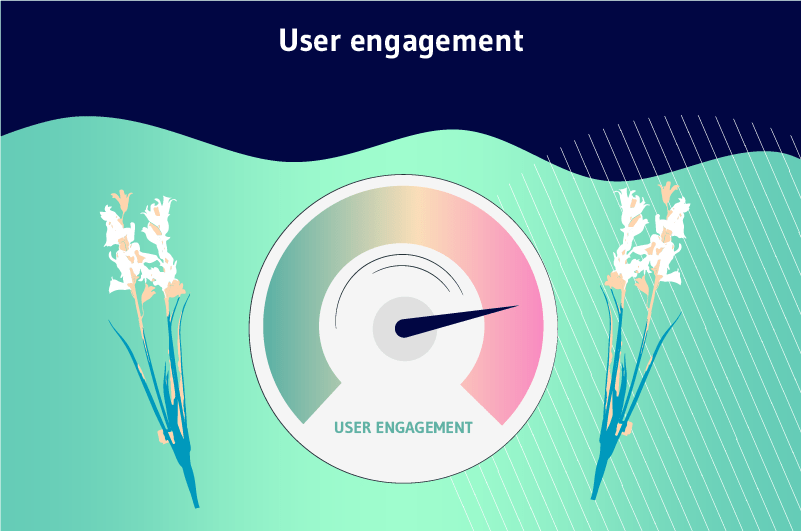
Longer content can generate higher engagement by providing deeper interaction with your audience. This happens because long-form content gives more time and space to develop ideas, themes and arguments.
They also allow for topics to go deeper, explore them in more detail and provide more comprehensive information. This can help build a loyal audience, generate comments and discussion, encourage shares on social media, and boost interest in your brand or business.
In addition, long-form content can also provide a more immersive experience for your audience by immersing them in the topic.
Long-form content can also be used to explore complex problems or controversial issues, which can boost engagement by allowing people to speak out on these topics.
Criterion Seven: Social Sharing
Sharing on social networks is an important aspect of getting your content out there.
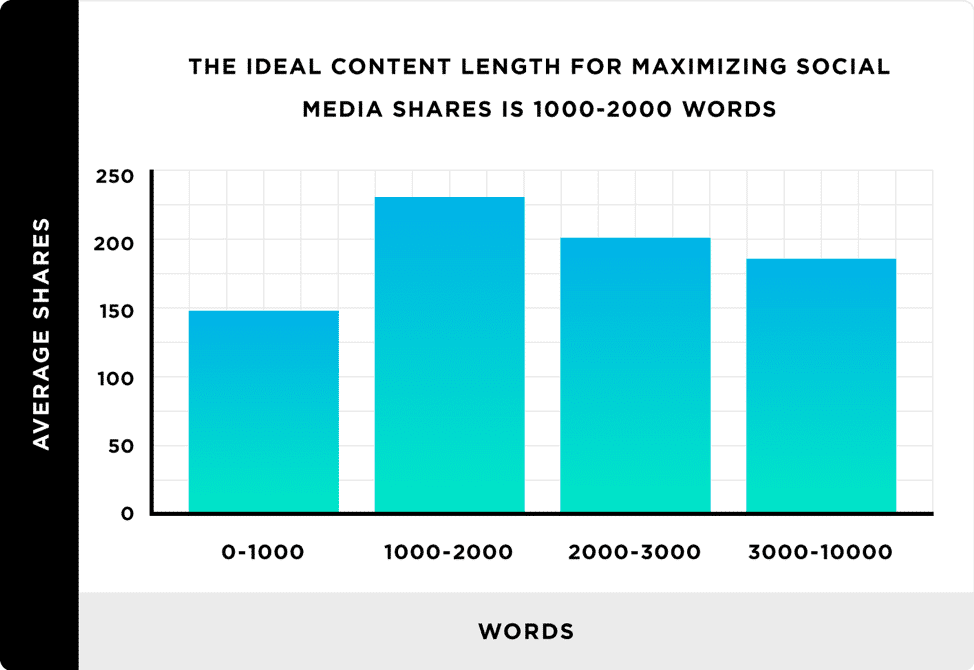
Short content is often more appealing to social network users because of its concise and easy to consume format.
Social network users are often short on time and are looking for quick and easy to understand content.
Short posts can be quickly shared, liked and commented on, which can lead to an increase in your content’s reach.
Short content should not sacrifice quality for brevity. They should always be informative, relevant and engaging for the reader.
It’s also important to remember that social media is an additional way to share your content, but it shouldn’t be the only sharing strategy.
Ultimately, the decision on content size depends on the purpose of your content and your target audience. If you want to maximize sharing on social networks, short content may be a wise choice.
However, if you want to provide detailed and in-depth information, longer content may be more appropriate. It’s important to strike a balance between the two to ensure quality content and effective distribution.
Criterion #8: Sustainability
Sustainability is an important factor to consider when deciding on the size of blog content.
Longer content can generally remain relevant for a longer period of time because of its depth and detail. This means that they can continue to attract visitors and generate traffic over a longer period of time, unlike short content that can become stale more quickly.
In addition, long-form content can also allow for in-depth exploration of the topic, which can make it more useful and relevant to readers.
They can also be more easily shared on social media due to their wealth of information.
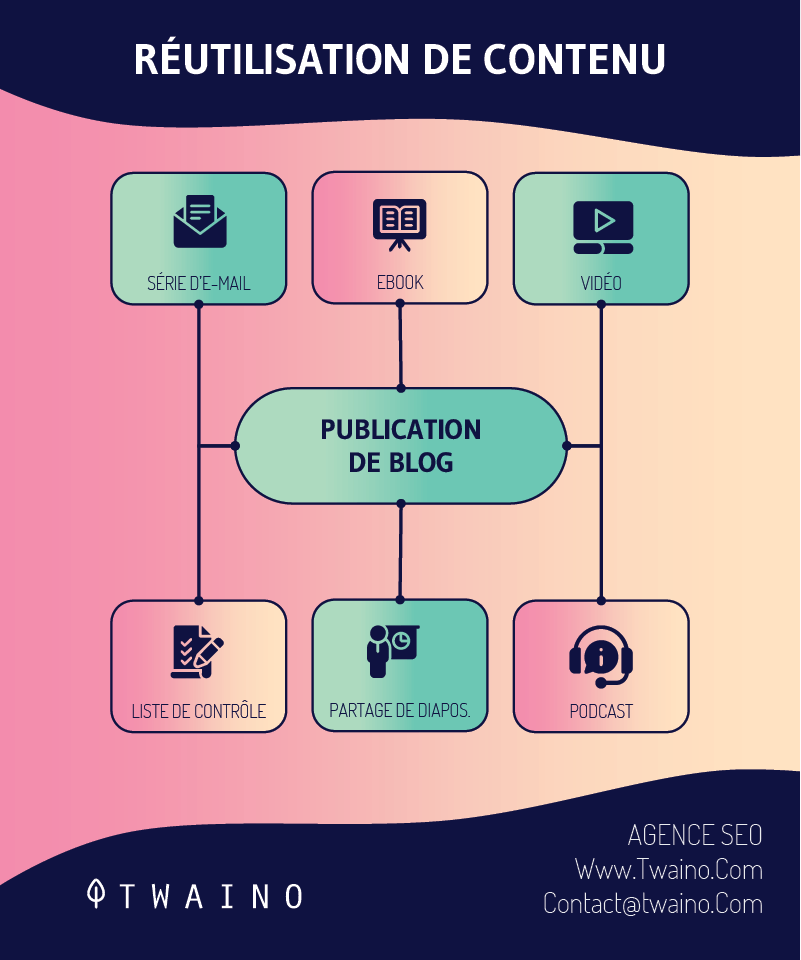
However, it is important to note that sustainability is only one of the factors to consider when deciding on the size of a blog content.
Other factors, such as content purpose, topic, read time, target audience, SEO, audience engagement, and quality, should also be considered when determining the ideal content size.
Ultimately, sustainability may be an important criterion for blog content that is intended to be relevant over a longer period of time, but it is important to consider all factors when determining the ideal size for your blog content.
Ninth Criterion: Quality
The quality of a blog content is an important criterion to consider when determining its length.
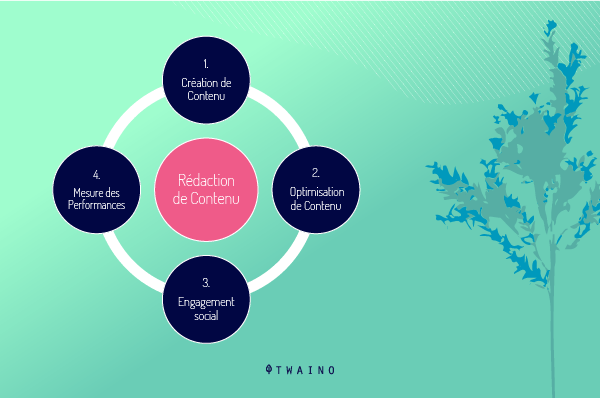
Longer content can offer higher quality by allowing for in-depth exploration of the topic. This means that authors have the opportunity to expand on their ideas and explain them in detail, which can make the content more understandable and useful to readers.
Long-form content can also include additional research and sources to back up the views and information presented, which can enhance the credibility and quality of the content.
Finally, long-form content can also allow for more in-depth analysis of the topic and different points of view, which can help educate readers and get them thinking more about the topic.
In short, long-form content can offer superior quality by allowing for in-depth exploration of the topic, which can help educate readers, build credibility for the content, and encourage reflection.
Criterion 10: Performance Analysis
Performance analysis is a key element in determining the ideal length of blog content. It consists of evaluating performance based on the objectives and behavior of the target audience. This helps determine whether short or long content is best suited to achieve the company’s goals.
To conduct this analysis, it is important to understand the objectives of the blog publication, such as generating traffic, improving SEO positioning, retaining subscribers, etc.
Next, focus on audience behaviors to find out what they prefer, how they interact with the content, what interests them and what annoys them.

All of this data can help determine whether short or long-form content has the greatest impact on the chosen objective.
Ultimately, performance analysis is an ongoing process that requires adaptation based on changes in audience goals and behaviors. Companies can adjust the length of their content based on the results to maximize the impact on their target audience.
In a nutshell, performance analysis is a key way to determine the ideal length of blog content. It involves evaluation based on the goals and behavior of the target audience, as well as the use of performance tracking tools to get concrete data on the impact of the content.
Conclusion
The length of the blog content is not the only determining factor in deciding whether a content is relevant or not.
There are other important criteria such as quality, usefulness, relevance, readability, formatting, originality, regularity, mediatization, highlighting of additional resources and community involvement.
Both types of blog content can be useful depending on your goals, but it’s important to approach them strategically based on your target audience, market and industry.
Ultimately, it’s more important to create quality content of any length to keep readers engaged and loyal.

